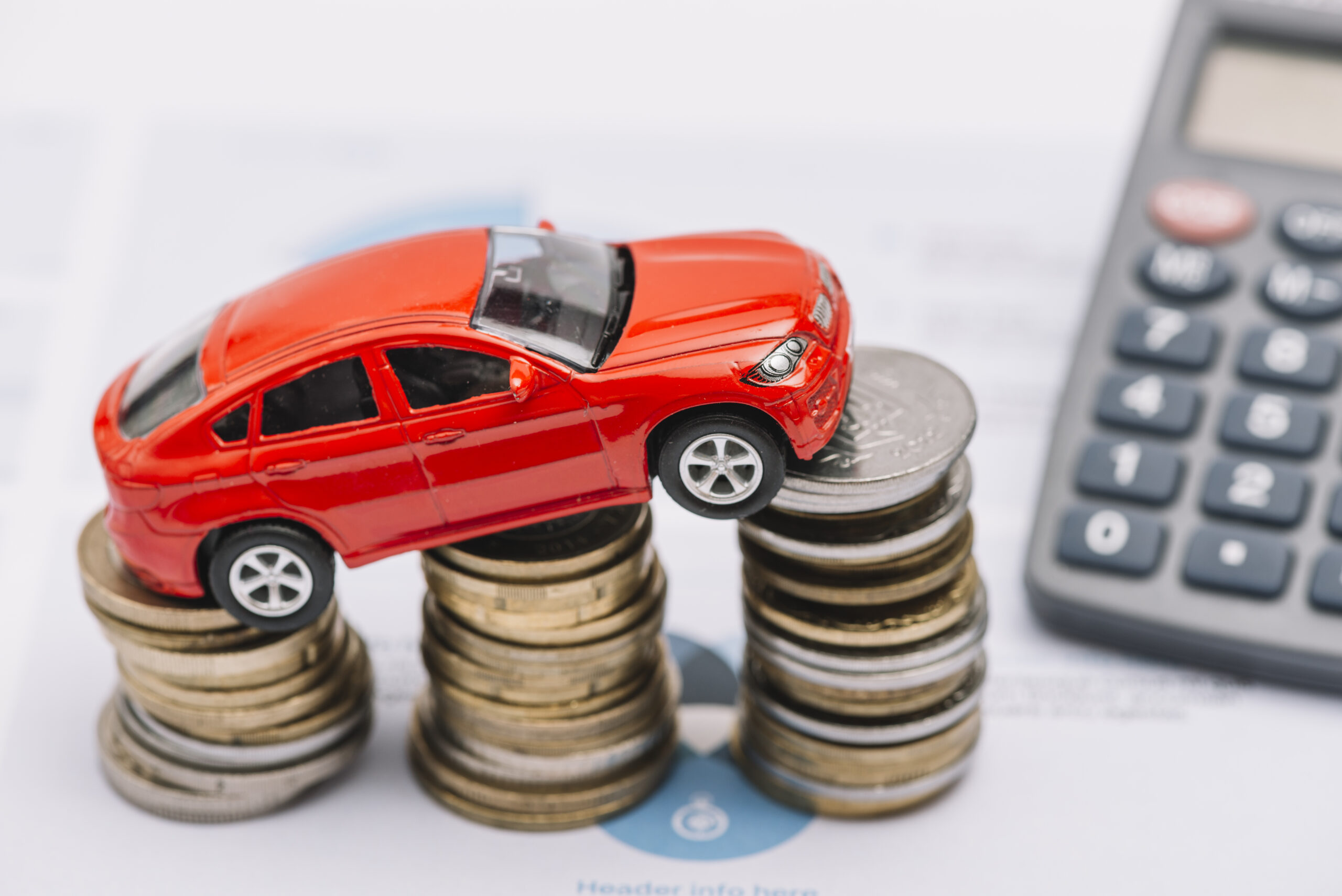The Top 7 Rookie Mistakes Every Dealership Social Media Manager Should Avoid

Table of Contents
Table of Contents
Everything you need to avoid when running social media for dealerships
[Updated July 2022]
Being in the auto industry, we see lots of dealership websites and social media pages. We’ve seen some really impressive pages, boasting a wide variety of content featuring engaging images and captions, videos, polls, and more. Unfortunately, we’ve also seen some less than impressive pages. Some of the mistakes we’ve seen dealerships make on social media are pretty small and easily-fixable. Others indicate a bigger problem that should be addressed ASAP.
We think that dealerships can and should learn from each other’s social media mistakes. So, without further ado, here are some of the mistakes we’ve seen dealers make on social media, and how you can avoid them.
7 Mistakes Every Dealership Social Media Manager Should Avoid
1- Not responding to bad reviews
Your reviews are important. 85% of consumers said that they read up to 10 reviews before feeling they can trust a business. This includes both the positive and negative reviews.
We know, it’s not a nice feeling to receive a bad review. You work hard to give every customer a good experience, and the one person who was unhappy with you or even with just one of your staff members can spoil it for the rest. Instead of taking this bad review as a personal insult, take a deep breath, step back, and think of the best way to respond.
Oftentimes, an upset customer just wants to be heard. Don’t simply respond by saying that “we’re so sorry to hear that they’re upset;” they’ll recognize this as scripted. Try to actually solve their problem, by offering real solutions. Give them the direct contact details of the person who might be able to help them. This way, you can show them (and future customers) that you’re willing to go the extra mile.
You can also learn important things about your dealership from these negative reviews. Take the review above: this complaint is about the dealership’s service department. The reviewer even wrote explicitly that they were happy with the sales department. So, if the dealership reaches out to the person who wrote the negative review, it could learn more about what happened. Is this person simply cranky, or is there a bigger problem to address? Is there something wrong with the way the service department is being run? How can it be improved?
2- Not using dealership images on social media
We might not be proud of it, but it’s been found that the average person has an attention span of less than 9 seconds. This means that your dealership has very little time to engage a user before they have moved on to something else. Images are one of the most, if not the most, important tools you have to catch and keep a shopper’s attention. In fact, one study found that after three days of hearing something, people remember only 10% of the information. That number jumped to 65% when that information was given over in the form of an image.
In addition to making your page more memorable, posts with images also encourage engagement. Tweets with images received 150% more retweets than those without.
When it comes to social media for dealerships, there is even more of a reason to publish posts with pictures: cars are nice to look at, and people care about what they look like. Imagine trying to sell a car to someone without showing them what it looked like– it’s impossible. In the same way, you can’t expect someone to want to find out more about your vehicles, dealership, or brand if they have nothing to associate them with.
3- P.S. Don’t use low-quality images
Because images are so important, take the time and resources to ensure that your photos are clear, crisp, and welcoming. A fuzzy picture gives the 21st century shopper the sense that a store is out-of-date, old, and backwards. This doesn’t mean you need to run out and buy a fancy camera and photo-editing software– a newer smartphone and a free photo editor are all you need to produce showstopping pictures.
4- Not responding to chats
73% of customers prefer to speak to a business on Facebook Messenger than over email or phone. It does make sense after all: once they’re already on Facebook, why should a shopper have to then go to your website just to speak to a representative? Customers today expect quick, efficient, and effective customer service. They do not want to wait for a response. Facebook even lists the speed with which a company responds to requests. Take a look at these two Honda dealers:
You may think that they seem to be pretty similar, but to a shopper that wants information now, there is a huge difference. One dealership only responds within a day, and the other replies instantly. While replying within one day may sound reasonable, think about it from a shopper’s perspective: they have a question about a vehicle, and would like an answer. If they called the dealership, they would expect to be on hold for less than a few minutes. If they send a message on Facebook, they expect to receive an answer even quicker. One day is a long time to wait for the answer to a simple question. By the time the dealership gets around to responding, the person has received an answer from the competition, and has moved on.
5- Posting irrelevant content
We’ve seen this quite a few times, and this is just one of the worse examples. Of course it is important to publish a wide variety of content to keep people engaged and spark conversations, and it doesn’t only have to be about cars all the time, but there should be a rhyme and reason to your dealership’s social media presence. If someone chooses to follow your dealership’s social media page, they presumably are somewhat interested in your vehicles or brand, or even simply in the automotive industry in general. If you overwhelm them with content that they don’t care about on a regular basis, people are likely to click the dreaded “Unfollow” button.
While posting exclusively about pets (like the VW dealership above) might not be the most effective use of your dealership’s social media page, there is room for creativity! Interspersing your other posts with a “Pet of the Week” type of post might drive engagement, because, well, who doesn’t love a cute puppy? The mistake that this dealership made was that there were no other posts on their social media page– it isn’t clear to the average user that this is even a place where they can buy car. Also, once you’re going to crowd your page with posts about pets, might as well include some images! Photos of pets are hard to ignore.
6- Posting once a year
This one’s pretty obvious, but it seems worth repeating considering the amount of dealerships that don’t do it: you need to maintain active social media pages. Even with the declining reach of organic content (which we’ve discussed), your pages need to be alive and up-to-date. Social media is one of the first places that car shoppers go to conduct research: if your page hasn’t been updated in over a year, they will surely move on to a different dealership.
While it is clear that you need to be posting more than once a year, it is hard to provide the ideal number of posts you should be posting. Most experts agree that 1-2 Facebook posts per day provide enough opportunity for engagement without bothering your audience too much. It is much more important to create high-quality posts than to post extremely regularly– posting four times a day will not get you four times the engagement. In fact, research has found that there is actually a drop in response after posting more than once per day. Find the balance that works for your dealership and audience.
7- Promoting robotic, automated content
This Chevy dealer recognizes the importance of promoting its reviews on Facebook, but goes about it in an impersonal way. By pushing all of the positive reviews from DealerRater to its Facebook page, the dealership’s feed ends up looking robotic, bland, and boring. The reviews themselves lack colors and images, and feel staged, even if they are not.Tools that automate and streamline social media management can save you tons of time, but should not come at the expense of giving your page a personal and human feed. Make sure that all of your posts, even those that you choose to automate, maintain your brand’s voice and image. On top of that, keep to your posting schedule. If, as discussed earlier, you plan to only post on Facebook once per day, your automated posts should follow suit.
Some of these mistakes might seem rookie and comical, but the truth is– every dealership can learn something from these social media mistakes. Maintaining engaging and relevant social media feeds takes time, effort, and forethought. By learning from mistakes and staying up-to-date with the latest changes to all of the various social media platforms, you’re well on your way to being featured in a list of dealerships who are doing it right. Send a link to penina@autoleadstar.com with your awesome social media pages, and you could be included in that list!
Want to learn more about optimizing your dealership’s social media strategy? Contact us today.
Fill out this form to schedule a personalized demo today!
Feel free to tell us more about you so we can personalize your demo.
Sign up for our newsletter!
We value privacy and would never spam you. We will only send you important updates about Fullpath.



